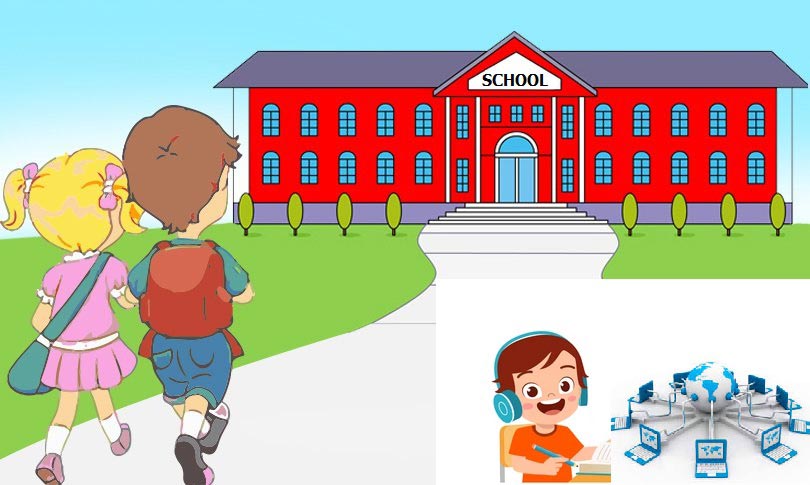
Government Reaches Agreement with Teachers, Protest Officially Ends
The government has formally ended the protest by teachers demanding various professional rights. Despite the substantial financial burden this adds to the state, the government opted to take a lenient stance to address educators' concerns.
However, the broader impact of this leniency, especially its potential contribution to improving the school education system and student learning outcomes, has not been fully acknowledged. Additionally, there has been no public discussion about compensating the academic losses caused by a month-long educational strike.
Nine-Point Agreement Signed to Resolve the Protest
Since March 20, teachers have been protesting in Kathmandu, demanding that the Education Act be enacted to safeguard their professional rights. The government signed a nine-point agreement with the protesting teachers on Wednesday evening.
A key point of the agreement is the government's commitment to pass the School Education Act by the 15th of Asar (late June/early July). The agreement only includes provisions that can be immediately enforced through cabinet-level decisions.
Financial Impact of the Agreement
According to Home Minister Ramesh Lekhak, who participated in continuous talks with the teachers, implementing the nine-point agreement will add an annual financial burden of NPR 8 billion to the state.
This amount will be used for various provisions, including:
-
Medical support for teachers
-
Benefits for relief, temporary, contract-based, former lower-secondary, learning grant-based, technical education, and special education teachers
-
Accumulated leave benefits for all temporary teachers, which will be paid as a lump sum upon retirement
-
Grade increments for permanent teachers are equivalent to those of civil service employees.
Experts Urge Quality Improvements in Education
Despite Nepal's ongoing economic challenges, education experts believe this government decision should improve the education sector. Dr. Bal Chandra Luitel, an education expert and Dean at Kathmandu University’s School of Education, stated that the focus should now shift to enhancing student learning outcomes.
He noted that while reopening schools, conducting exams, and publishing results promptly are necessary, these steps alone are not achievements. Broader reform efforts must also target higher education and schools.
Alarming Student Performance Statistics
Recent trends show declining student performance. Nearly half of all students fail the Secondary Education Examination (SEE). Similarly, the pass rate for Grade 8 final exams, conducted by local governments, remains low in many areas. Some schools report a pass rate of zero for Grade 8.
A Call for State-Level Reform Agenda
Shiv Kumar Sapkota, Joint Secretary at the Ministry of Education, Science and Technology, emphasized that education reform should now be a core agenda of the entire state mechanism, not just the responsibility of teachers.
Teachers Commit to Making Up Lost Instruction Time
In response to the disruption caused by the protest, teachers plan to compensate for the missed lessons by adding extra teaching days.
Laxmi Kishor Subedi, President of the Nepal Teachers’ Federation, affirmed the organization's commitment to addressing academic losses in various ways. Heramb Raj Kadel, Principal of Bishwo Niketan Secondary School in Tripureshwar, said the school plans to make up for missed classes during public holidays and winter/summer breaks.
As part of this effort, classes were held on Thursday, although it was a public holiday for International Workers’ Day.
Education Minister Raghurji Pant also reiterated that since the government had taken a considerate stance regarding teachers’ demands, teachers now have a responsibility to remain fully committed to teaching.


